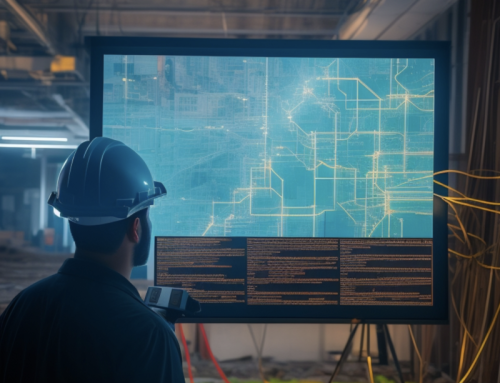Defining Engagement in Safety
July 25, 2018/by Barry Nelson
At FactorLab we say the word “engagement” a lot, especially when it comes to our SmartTagIt application.
Though truthfully, in almost every conversation we have about improving workplace safety—and general workplace operations—we mention engagement first.
Since we say it so much, we feel compelled to spell out a definition for what we believe engagement means within the context of the work we do.
What Engagement Means
Engagement = An active awareness of one’s actions within their related environment
To Provide an Example: To engage someone in a conversation is to get them to wake up, to pay attention, and switch on their brains. This means more than them just nodding and listening, but taking part in a way that requires active critical thinking about the shared information.
This concept of engagement is a critical element in preventing workplace accidents and injuries.
How Engagement Drives Safety
When you get those closest to the work to engage in safety conversations and switch on their minds to potential risks they face, they become more aware consciously and unconsciously of those dangers.
When engaged, the chances that someone will make better decisions relative to their safety and the potential safety of others increases. This is because proper safety practices stay on the forefront of their minds, so when a hazardous split-second situation arises, an engaged worker is much more likely to react in time.
But engagement does not guarantee anything. Accidents can and will occur regardless of how prepared a team is. But engagement does significantly increase the odds getting home with the same parts and pieces you started with in the morning, and that’s certainly for the better.
Lower Risks and Stronger Minds
In a perfect world we would simply design and engineer out the risk of human error.
But until we find ourselves in that utopian world where all risky behavior is stripped from our systems, encouraging communication and finding new ways to get those closest to the work engaged is the next best thing.
So, for now, engagement is the first place to be creatively thinking and investing in to reduce the risk of accidents and injuries.





